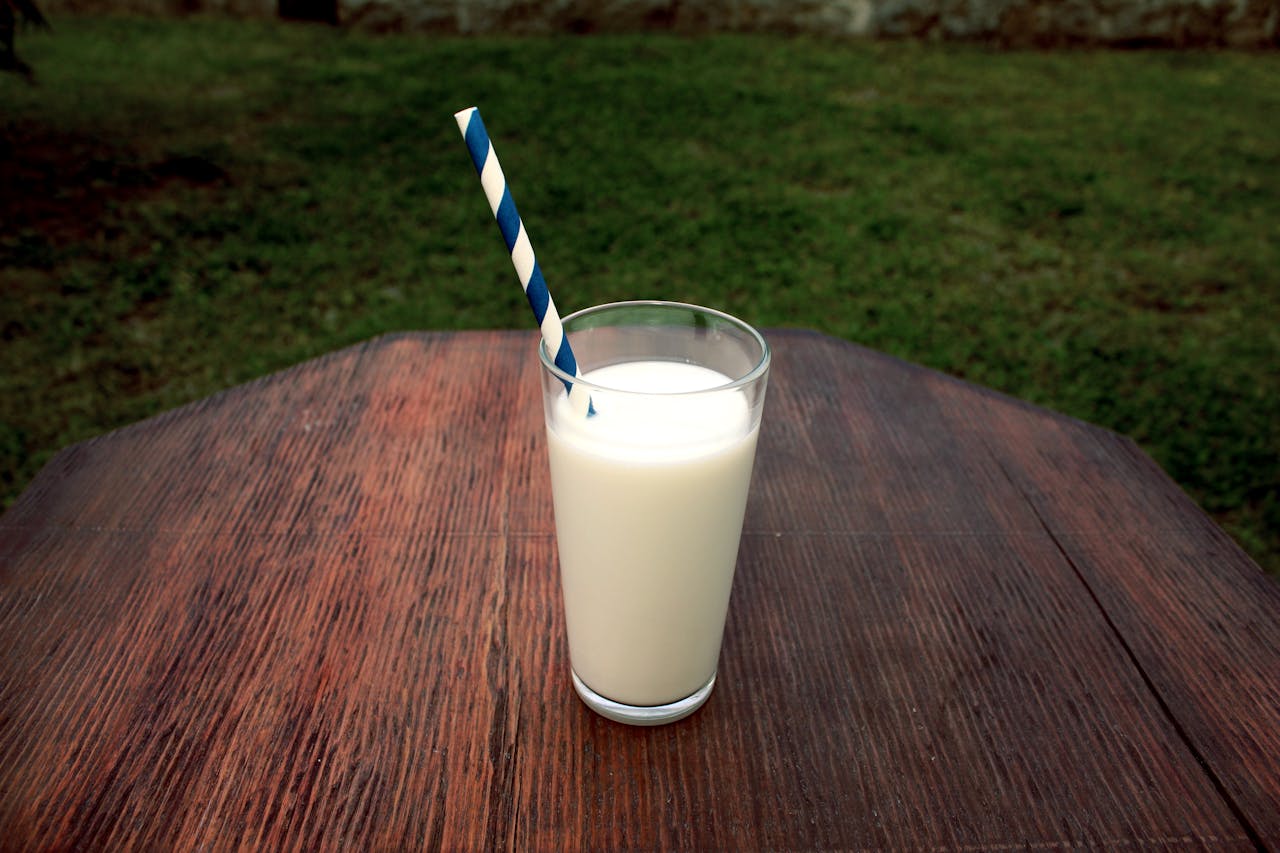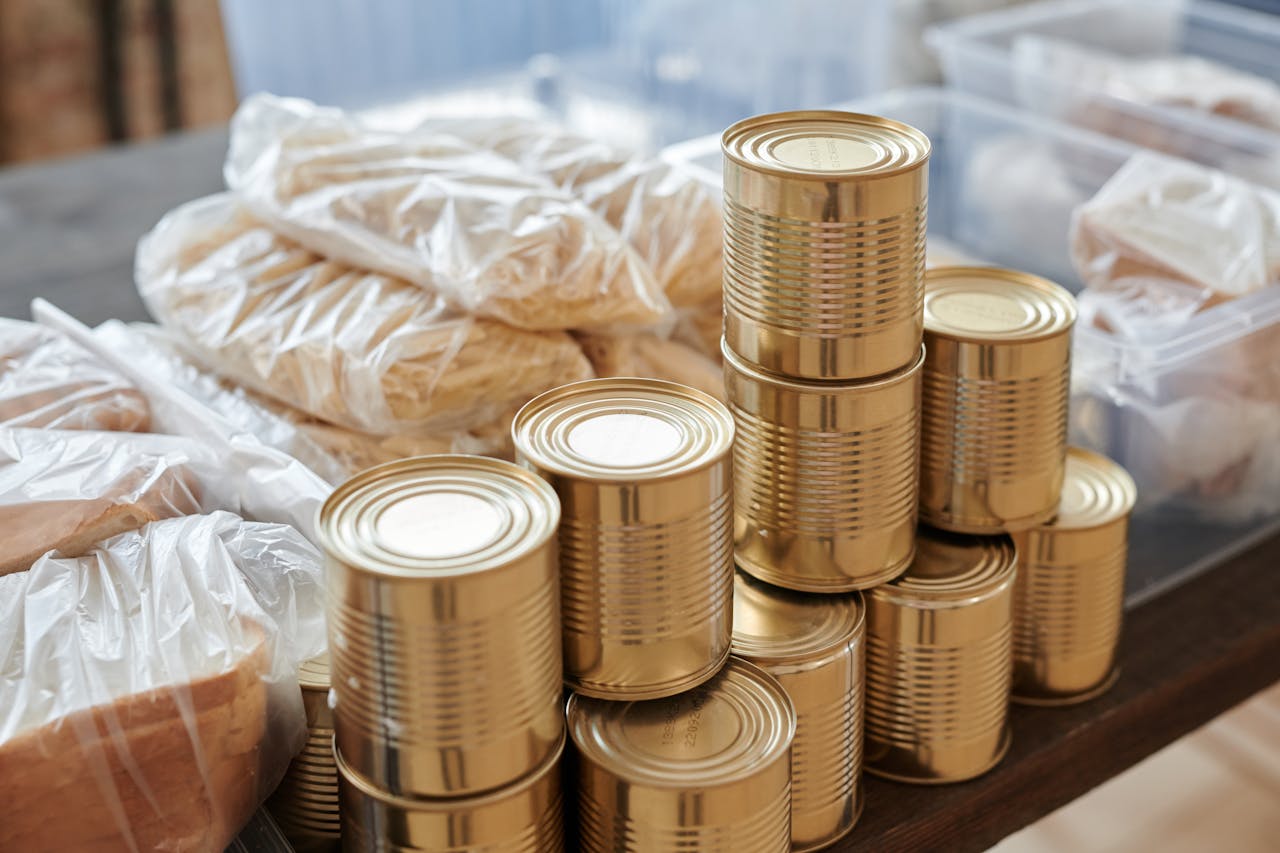Grocery shopping can feel like a treasure hunt, but not always in a fun way. Have you ever noticed how some of the most essential items seem to be hidden in the least convenient places? This isn’t just bad luck—it’s a deliberate strategy. Grocery stores are designed to encourage you to spend more time (and money) by making you walk past tempting displays and impulse buys. Understanding where these “hard-to-find” items are placed can save you time, frustration, and even money. If you’ve ever wandered the aisles searching for basics, you’re not alone. Let’s break down the seven common items grocery stores always put in the worst spot—and how you can outsmart the system.

Image Source: pexels.com
1. Milk and Dairy
Milk is a staple in most households, but you’ll almost never find it near the entrance. Grocery stores typically place milk, eggs, and other dairy products at the back of the store. This forces shoppers to walk through multiple aisles, increasing the chances of picking up extra items along the way. If you’re just running in for a gallon of milk, you’ll have to pass by snacks, baked goods, and other temptations first. To save time and avoid impulse buys, head straight to the back, grab your dairy products, and then circle back to the front.
2. Bread
Bread is another grocery store essential that’s rarely in a convenient spot. Instead of being near the entrance or checkout, it’s often tucked away in a corner or at the far end of the store. This placement is intentional, encouraging you to walk past other bakery items, sweets, and snacks. If you’re in a hurry, this can be especially frustrating. To avoid unnecessary detours, make a beeline for the bread section as soon as you enter, and resist the urge to browse the surrounding displays.
3. Fresh Produce
You might think fresh produce would be front and center, but it’s usually placed just inside the entrance or along the perimeter. While this may seem convenient, the layout is designed to draw you in and set the tone for a “healthy” shopping experience. However, the most popular fruits and vegetables are often scattered or placed at opposite ends, making you crisscross the section. This increases the time you spend in the store and exposes you to a wider range of products. To streamline your trip, make a list and stick to it, grabbing only what you need from each section.
4. Baking Essentials
Flour, sugar, baking powder, and other baking essentials are often stored on lower or higher shelves, out of reach at eye level. Sometimes, they’re even split up across different aisles. This makes it easy to overlook them, especially if you’re in a rush. Stores do this to encourage you to browse the baking aisle and notice specialty items or seasonal displays. If you bake regularly, memorize the layout of your favorite store, or ask an employee for the exact location to save time.
5. Canned Goods
Canned goods are a pantry staple, but they’re rarely in a prime spot. Stores often place them in the middle of long aisles, surrounded by less essential items. This forces you to walk the length of the aisle, increasing the chance you’ll pick up something extra. Additionally, the most popular canned items are often placed on the lowest or highest shelves, making them harder to spot. To avoid missing what you need, scan the entire shelf from top to bottom and stick to your list.

Image Source: pexels.com
6. Toiletries and Paper Products
Toiletries, toilet paper, and paper towels are typically located at the far end of the store or in a separate section. This placement is inconvenient, especially if you’re only shopping for household basics. The goal is to make you walk past food and other high-margin items first. To avoid unnecessary purchases, head straight to the household section and disregard the distractions along the way.
7. Condiments and Spices
Condiments and spices are small but essential items that are often scattered throughout the store. Ketchup might be near the chips, while spices are hidden in a separate aisle or on a hard-to-reach shelf. This makes it easy to forget them or spend extra time searching for them. To make your trip more efficient, group these items on your shopping list and check the store map if available. Don’t hesitate to ask the staff for help if you can’t find what you’re looking for.
Outsmarting the Grocery Store Game
Knowing where grocery stores hide these common items can make your shopping trips faster, easier, and less expensive. By planning your route, sticking to your list, and resisting impulse buys, you can avoid falling into the traps set by clever store layouts. Next time you shop, pay attention to where these essentials are placed and see how much time and money you save. Remember, a little strategy goes a long way in the grocery store game.
What’s the hardest-to-find item in your local grocery store? Share your stories and tips in the comments!
Read More
Why the Middle Aisles of Grocery Stores Are Designed to Make You Spend More
Here’s the Real Reason Milk and Eggs Are at the Back of the Grocery Store

